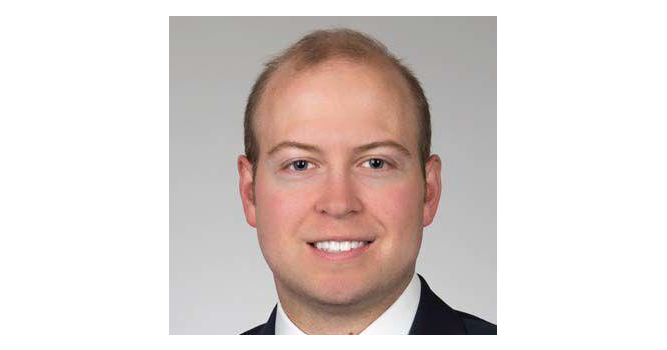Transforming Vision Science: The Cutting-Edge Neurological Research of Dr. Sobash
Transforming Vision Science: The Cutting-Edge Neurological Research of Dr. Sobash
Blog Article
In the world of perspective science, several advancements have already been as transformative whilst the pioneering perform of Dr. Philip Sobash. His neurological inventions aren't only improving our understanding of aesthetic pathways but are redefining the basis of how exactly we method vision-related study and treatment.
Expanding the Vision Technology Paradigm
Dr. Sobash's trip in perspective technology is noted by his constant search for knowledge the brain's complicated aesthetic pathways. Typically, perspective technology focused generally on the anatomical and physiological areas of the eyes and their strong link with visible perception. However, Dr. Sobash has expanded this paradigm by adding neurological insights in to the research of vision. His research delves deeply into how neural functions influence and interact with aesthetic understanding, offering a more holistic see of perspective that transcends main-stream boundaries.
Mapping the Brain's Visual Pathways
One of many essential innovations introduced by Dr. Sobash is his way of mapping the brain's aesthetic pathways. His groundbreaking function uses sophisticated imaging practices and computational designs to trace how aesthetic information is prepared from the retina through different neural circuits to the brain. This detailed mapping not only clarifies existing information but in addition uncovers previously unexplored connections that enjoy a crucial position in aesthetic perception, loving our comprehension of how we see the world.
Targeted Solutions for Visual Problems
Dr. Sobash's study has substantial implications for treating visual disorders. By knowledge the neurological underpinnings of visual control, he is rolling out targeted treatments that handle particular neural deficits. For instance, his work with neural plasticity has led to book rehabilitation techniques for individuals with visible impairments due to mind incidents or degenerative conditions. These remedies are meticulously designed to induce and sculpt neural circuits, probably restoring lost visible operates and increasing the quality of life for patients.
The Interaction of Vision and Knowledge
Still another notable facet of Dr. Sobash's work is his exploration of the conversation between aesthetic notion and cognitive functions. His reports claim that aesthetic understanding isn't simply an inactive party of information but an energetic method involving cognitive interpretations and expectations. That perception starts new avenues for research into how cognitive claims influence visual experiences and vice versa, giving a thicker comprehension of the interaction between perspective and cognition that might advise potential healing approaches.
Fostering Interdisciplinary Relationship
Dr. Sobash's improvements may also be fostering interdisciplinary collaboration. By connecting the hole between vision technology and neurology, he encourages a more integrated method to analyze and treatment. That collaborative heart is essential for improving our knowledge of complicated visual and neurological phenomena and establishing more efficient interventions that power ideas from numerous disciplines.

In conclusion, Dr. Philip Sobash's contributions to vision technology are nothing in short supply of revolutionary. His function in mapping brain visible pathways, establishing targeted therapies, and exploring the cognitive facets of visible notion forces the limits of standard vision science. As his research continues to evolve, it promises to open new possibilities for managing visual problems and increasing our understanding of how we comprehend and talk with the planet around us.
Report this page